People say that if you don’t visit San Pedro Market in Cusco, you haven’t met the real city. Forget ruins and postcards for a moment: the soul of Cusco lives in its intense aromas, in ancestral recipes that still echo, in its aisles, in flavors that wake the senses, and in rituals that have endured since Inca times.
If you want to get to know the city as it is, walking the Plaza de Armas isn’t enough. You need to lose yourself in San Pedro Market, where the ancestral and the everyday meet. In this article, you’ll uncover its history, traditions, and genuine flavors, plus a few tips to make your visit unforgettable. Ready to explore?
History of San Pedro Market
Pre-Inca period
This area was home to the Killke and Chanapata cultures. Focused mainly on agriculture, they grew staples essential to survival. Their presence marked the beginning of Cusco’s development as a major farming hub.
Inca period
With the founding of the Inca capital, this zone gained importance. Agricultural terraces were built, still visible at the base of the Colegio Nacional de Ciencias, clear evidence of Inca engineering. The area also formed part of the Qhapaq Ñan, the vast Inca road network that linked to the Kontisuyo, one of the empire’s four regions.
Viceroyal period
After the Spanish arrived (1534–1560), the space was integrated into the urban grid with blocks and plots. It housed the city slaughterhouse, known as the pampa de Ccascaparo, later moved in 1921 to Umanchata Street.
Building San Pedro Market
At the start of the 20th century, Cusco’s authorities set out to organize and regulate street trade by building a modern market. In 1905, the city prefect, Don Pedro José Carrión, launched a competition for the project. Two proposals were submitted, architect José Allio’s and engineer Teodoro Elmore’s, with Elmore hired to prepare plans and budget. Although the initial site was Plaza San Francisco, the project was canceled for unknown reasons.
In 1922, mayor Manuel Silvestre Frisancho arranged the purchase of a 6,900 m² lot between the San Pedro convent and church, financed with municipal slaughterhouse funds. The agreement included opening a new pedestrian thoroughfare: today’s Túpac Amaru Street.
On June 7, 1925, authorities inaugurated San Pedro Market Cusco (Mercado San Pedro) following Elmore’s original design, establishing it as one of Cusco’s most important food markets.
Market expansion
In 1955, Mercado San Pedro was expanded with a two-level block and a basement that used the site’s slope, adding about 2,943 m². The new space included shops and direct access from several streets, improving circulation.
However, the block never fully integrated with the original structure, creating a separate volume. While it partially echoed the main building’s style, it adopted a simpler, more functional solution for the needs of the time.
Architecture and features
Construction techniques
The original 1925 building incorporated modern materials and methods for its time. It used cement and reinforced concrete with rail sections as reinforcement, plus corrugated metal roofing, marking Cusco’s step into architectural modernity. Uniquely, the structure also made versatile use of wood instead of iron, giving it a distinctive character. The dual-pitch roof, supported by wooden trusses and symmetrically placed pillars, reflects an innovative, functional design.
Market features
The market has an open plan with longitudinal and transverse circulation, and wide passages that help visitors move around. Its covered area was once among the largest in Cusco, with ornamental details such as moldings, pinnacles, and stone pilasters.
On the façade facing Gohering Street, the pilasters and stepped windows recall Inca forms. Upper-floor surrounds try to harmonize with the original structure, though integration isn’t complete. Today, the building is in fair condition and remains a historic, cultural, and tourist symbol of Cusco.
Importance and cultural meaning
Historical importance
San Pedro Central Market was one of Cusco’s major projects of the 1920s. It marked the shift from open-air markets to a modern covered space, showing the city’s historical and economic development.
Cultural values
- Historical value: Its construction closed the chapter of open-air markets in Cusco. It was a key work for urban progress in the 1920s.
- Architectural value: An innovative typological design with international influence and modern elements for its era: wide roofs, generous height, and façades with rhythm and movement. It fit into Cusco’s monumental setting and became an architectural reference.
- Technological value: It used modern materials such as cement, reinforced concrete, corrugated metal, and wood in place of iron—signaling Cusco’s entry into modern construction.
- Social value: A dynamic space where tradition and modern life share the floor. It passes down ancestral customs and today serves as a meeting point for locals and travelers.
Meaning for Cusco
San Pedro Market Central symbolizes the city’s move from its ancestral past to architectural modernity. It’s an urban landmark and part of the city’s collective memory. The Ministry of Culture has listed it as part of Peru’s National Cultural Heritage.
Where is San Pedro Market?
Mercado San Pedro stands on Plaza San Pedro, just four blocks from Cusco’s Plaza de Armas, at 3,335 m above sea level. It’s bounded by Santa Clara, Cascaparo, Túpac Amaru streets, and the Gohering passage. Thanks to its location, it’s easy to reach for both visitors and locals.
How to get to the central San Pedro Market
- From Alejandro Velasco Astete International Airport: A taxi takes 20–30 minutes, depending on traffic. You can also take the C-4M or El Dorado buses, which drop you a few meters from the market, though the ride can take 40–50 minutes.
- From Cusco’s Plaza de Armas: The best option is to walk. It takes 10–15 minutes heading west along Mantas, Marques, and Santa Clara streets to the San Pedro square, where the market sits.
What will you find at San Pedro Market?
Visiting San Pedro Central Market feels like stepping into a parallel world of colors, aromas, and flavors. Each section has its own character and shows an essential part of Cusco’s daily life.
Fruits and vegetables
You’ll find fruits you may never have seen, cherimoya, granadilla, lucuma, and the famous tuna cactus fruit, plus fresh vegetables brought in from nearby valleys.
Andean tubers
In Cusco, potatoes reign at the table. Here you’ll see dozens of potato and oca varieties that speak to Andean farming diversity. Ask vendors about differences and how they’re used in local cooking.
Andean grains
Standouts include quinoa, kiwicha, cañihua, and giant corn from the Sacred Valley, often called superfoods for their nutritional value.
Artisan dairy
The market is also known for its cheese and dairy section. Sample fresh cheeses, regional butter, and natural yogurts made with cow’s and goat’s milk.
Juice stands
Don’t miss the juice aisle, where vendors blend fresh fruit on the spot. Order the classic “San Pedro special juice,” with local fruits, pollen, maca, and honey, a true natural energy boost.
Traditional breads
The bakery section offers chutas, pan wawa, and corn bread baked with long-standing recipes. Ideal snacks to carry as you wander.
Medicinal herbs and mystical items
One of the most intriguing aisles belongs to the herbalists. You’ll find coca leaves, healing plants, and items used in Andean rituals. Vendors often share stories about which herb helps with which ailment.
Handicrafts and souvenirs
For genuine keepsakes, you’ll see handwoven textiles, alpaca clothing, ceramics, and wood carvings, usually at lower prices than shops in the historic center.
Exotic products
Beyond everyday items, the market surprises with goods rooted in popular Andean tradition:
- Animal offal: Some stalls sell tripe, feet, and other parts used in local broths and stews.
- Home remedies: Vendors offer natural preparations for everything from colds to digestive troubles, grounded in Andean herbal knowledge.
- Frog extract and broth: A curious product credited with energizing and medicinal properties.
- Esoteric products: In the mystical section you’ll find amulets, colored candles, Ekeko figures, and offerings for the Pachamama, used in prosperity rites.
- Medicinal plants: A living catalog of Andean natural pharmacy, from muña for digestion to eucalyptus for colds, knowledge passed down through generations.
What to eat at San Pedro Central Market: local flavor at low cost
Sit down on a bench at the food stalls and order a classic dish at very reasonable prices. Top picks include:
- Chicken noodle soup: hearty and restorative, great for cold weather and altitude.
- Chairo: traditional Andean soup with potatoes, lamb, chuño, carrot, fava beans, and local herbs.
- Chicharrón: crispy fried pork served with hominy, sweet potato, potato, and chili.
- Fried trout: caught in Andean waters, served with rice, potatoes, and salad.
- Baked cuy (guinea pig): a Cusco emblem, crispy outside, juicy inside, served with baked potatoes, noodles, and salad.
- Roast pork: seasoned with local spices, served with tamal (sweet or savory), moraya, oropesa bread, and/or stuffed rocoto.
- Lomo saltado: a Peruvian staple, beef strips, onion, tomato, and fries tossed in a savory stir-fry.
- San Pedro special juice: a honey-sweetened mix of local fruits to recharge after your walk.
What to see and do at San Pedro Market
San Pedro Market isn’t a simple supply center; Andean culture pulses in every corner.
Languages and traditions
You’ll hear Spanish and Quechua in the aisles, the ancestral language many vendors still speak. Several women wear traditional Andean dress with pride, turning the visit into a distinctive cultural and visual experience.
Craftwork and family legacy
Beyond food, you’ll find textiles, alpaca clothing, musical instruments, religious figures, and decorative objects made by local hands. Many stalls are family-run across generations, and vendors often share stories and smiles while you bargain.
Andean rituals and spirituality
The market also keeps space for the Andean worldview. You’ll see colored candles, coca leaves for ceremonies, Ekeko figures (god of abundance), amulets for love or work, and offerings for Pachamama. On certain dates, these items are used in traditional earth-offering ceremonies where belief and custom come together.
Practical tips for visiting San Pedro traditional market
Recommended hours
Open daily from 6:00 a.m. to 6:00 p.m. Arrive early to see the place come alive. The best time is 9:00 –11:00 a.m.: active, yet not crowded.
Safety and etiquette
- It’s a safe, popular spot, but keep in mind:
- Keep your belongings in sight and avoid carrying valuables.
- Use small bills and store cash securely.
- Ask before photographing people or stalls.
- Be patient with street sellers and kind to vendors, respect and a smile open doors.
- For deeper context, consider a guided visit.
Payment method
Most stalls accept cash in Peruvian soles only. Small bills make bargaining and purchases easier.
Essentials to bring
- Cash (soles, in small bills).
- A reusable bag or day pack for your purchases.
- An open attitude to chat with vendors and discover genuine products.
Why visit San Pedro Market?
- Authenticity: San Pedro Central Market isn’t a space designed for tourists; it’s a real everyday setting for Cusco’s life.
- Diversity: In one place, you can try local food, buy crafts, and explore mystical products.
- Cultural connection: a direct, simple way to approach Andean identity.
San Pedro traditional market is one of the few places that preserves the essence of the real Cusco. No masks here: the city shows itself as it is, through flavors, beliefs, rhythms, and its people.
If you want the Cusco that doesn’t appear in brochures, the one that wakes with the sun and winds down with the moon, San Pedro Market awaits your visit.
Frequently asked questions about Market San Pedro
Are there guided visits to San Pedro Market?
Yes. Many cultural tours include a stop at San Pedro Market Cusco. A guide can explain the history, show typical products, and help you interact with vendors
Is the San Pedro market in Cusco, Peru, open on Sundays and holidays?
Yes, it opens every day of the year, including Sundays and holidays. During traditional festivities, it can be even more interesting thanks to special products.
Are there ATMs inside this Cusco market?
No, there are none inside. Bring cash from central Cusco, just a 10-minute walk away.
Can I take photos inside Market San Pedro?
Yes, but ask vendors before photographing their stalls or people. Some may decline or ask for a small tip.
Can I pay by card at San Pedro Cusco market?
No. Most stalls accept cash in Peruvian soles. Some larger craft sellers may take Yape or Plin (local apps).
What sets the San Pedro Cusco market apart from other markets in Cusco?
Its size, history, and variety. Unlike smaller markets such as San Blas or Wanchaq, here you’ll find food, crafts, mystical items, and local cuisine in one place.
Are U.S. dollars accepted at San Pedro Central Market?
It’s uncommon. Most vendors only accept soles in cash. Exchange money before your visit.
Can I find gluten-free or allergy-friendly products?
Yes, though there’s no exclusive section. Ask for gluten-free flours (such as quinoa or corn) and natural products. Read labels or ask vendors directly.
How much time do I need to see the whole market?
It depends, but the average visit takes 1–2 hours. If you stop to eat, sample products, or chat with vendors, you might spend half a morning.
San Pedro Market in Cusco is a place to buy fruit, crafts, or a fresh juice, and also a space where the Andean past and the present meet in every aisle. From its century-old story to the warmth of its vendors, a visit brings you into the city’s genuine heart.
Planning a trip to Cusco? Add San Pedro Market, Peru, to your plans. While touring the city, pause and wander its aisles: talk to vendors, try the special juice, or simply watch daily Andean life in motion. Here you’ll find the Cusco people live every day.

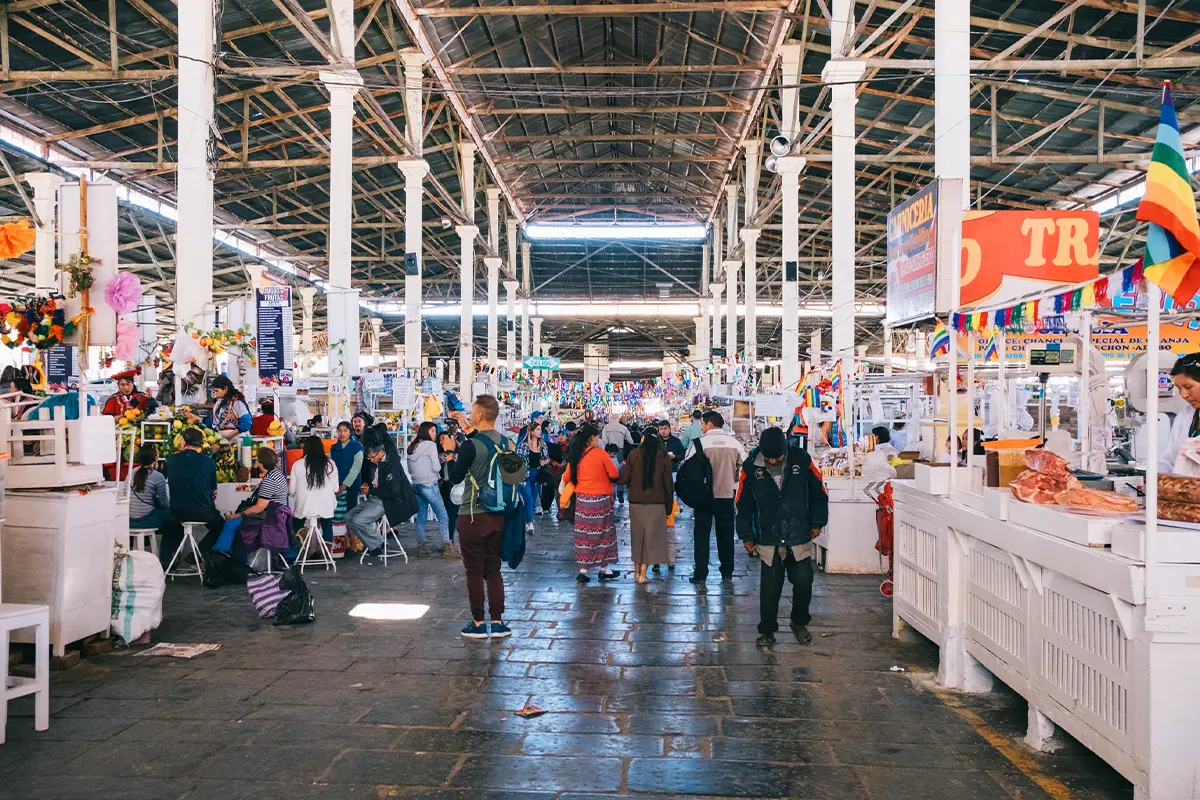
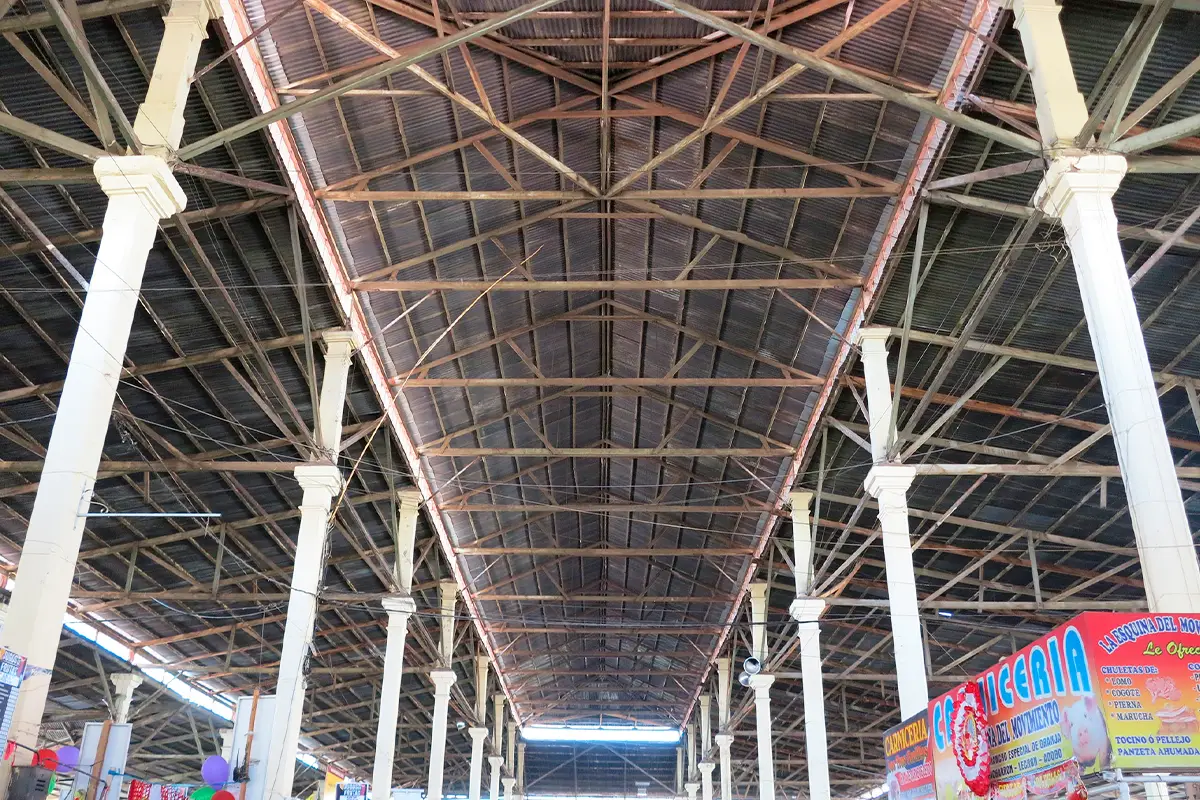
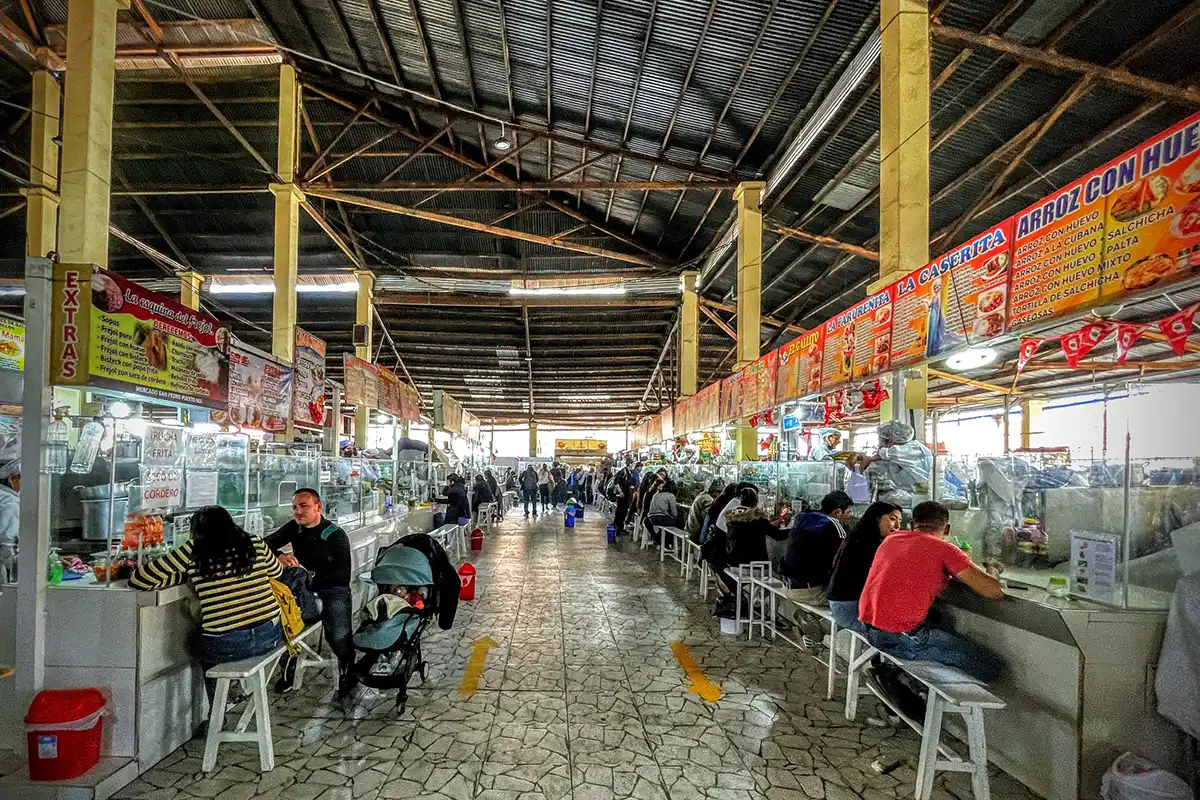
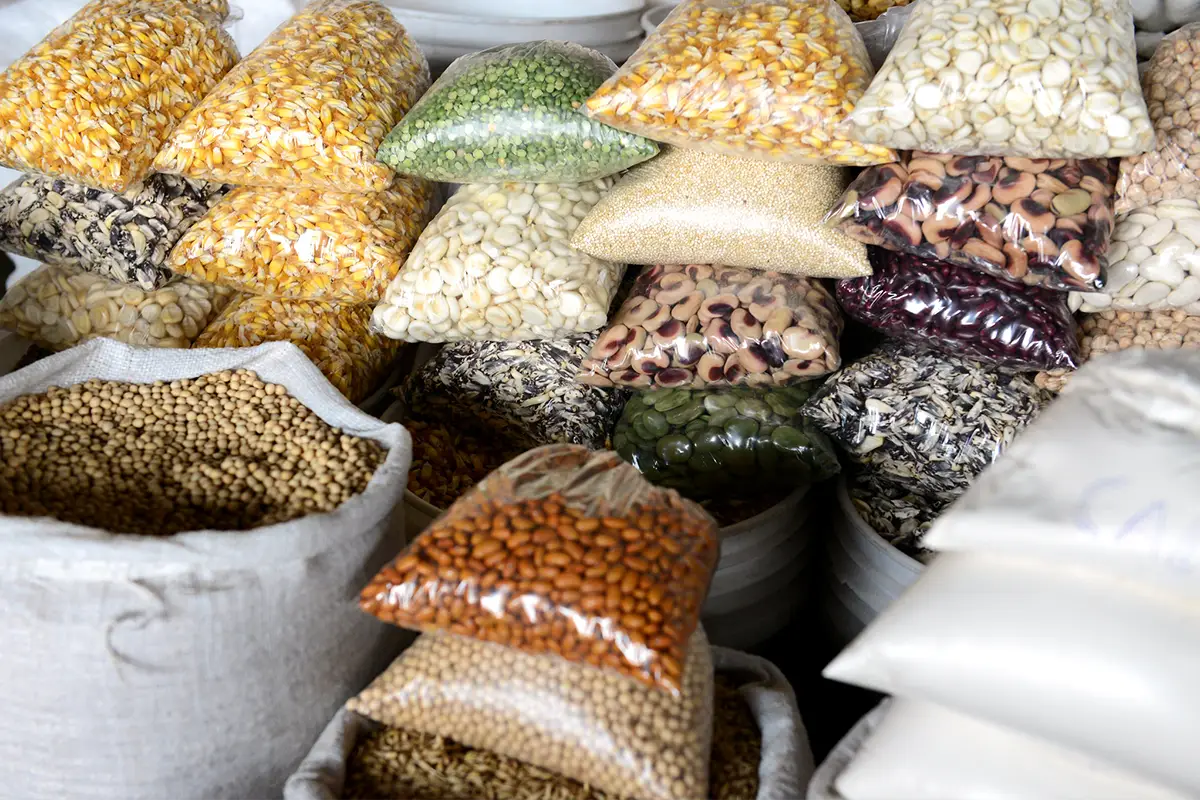
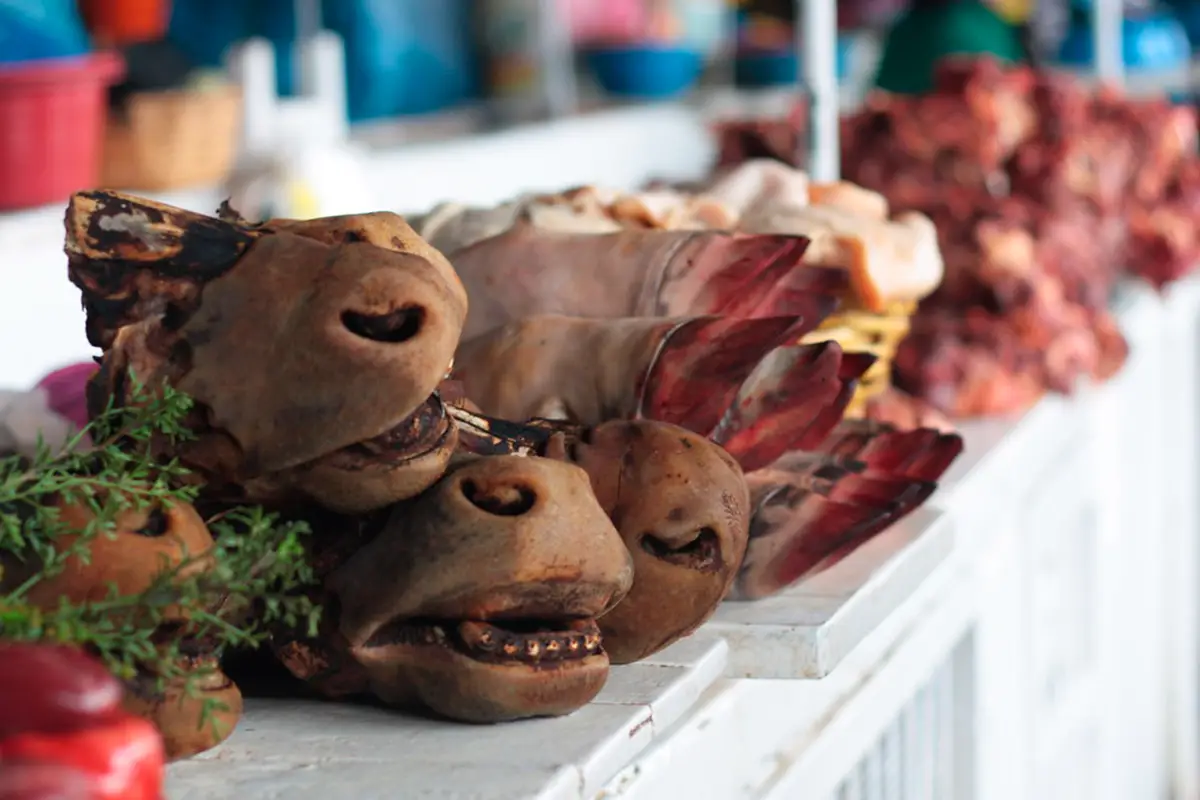
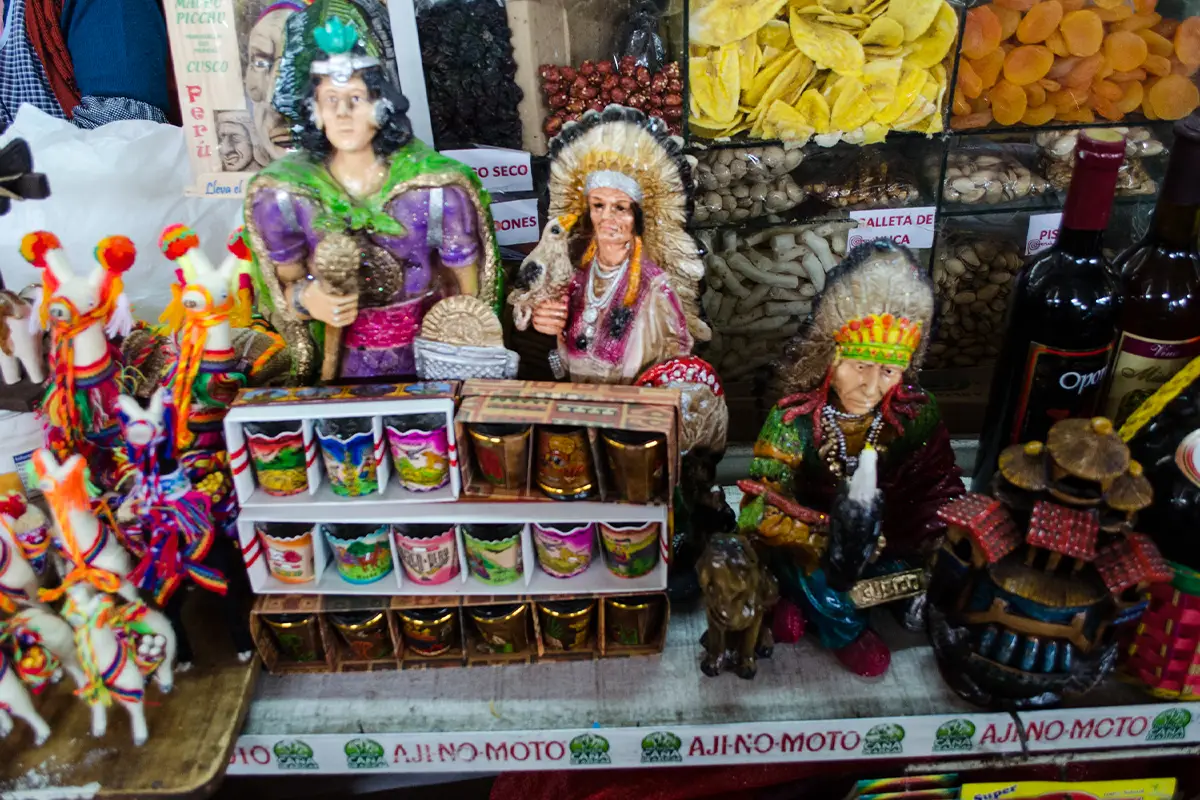
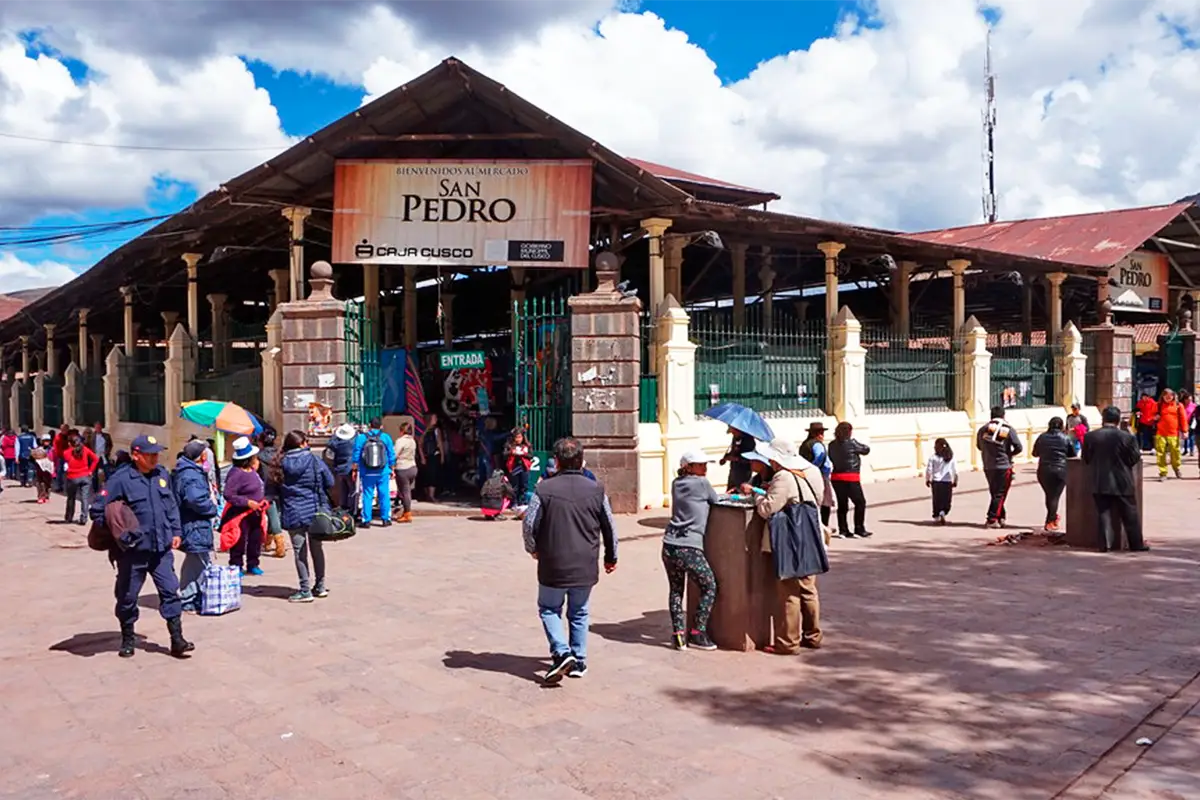

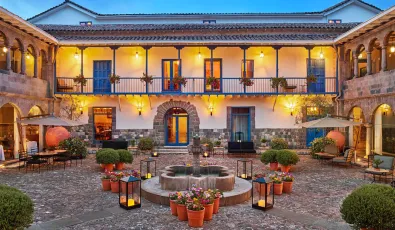
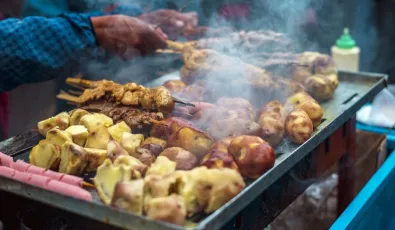
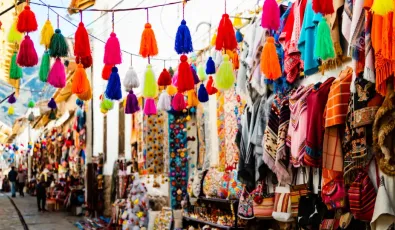
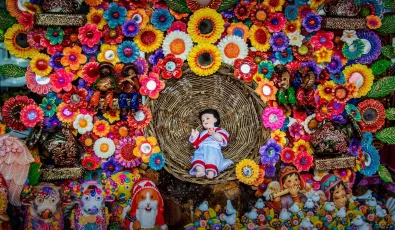

Add new comment